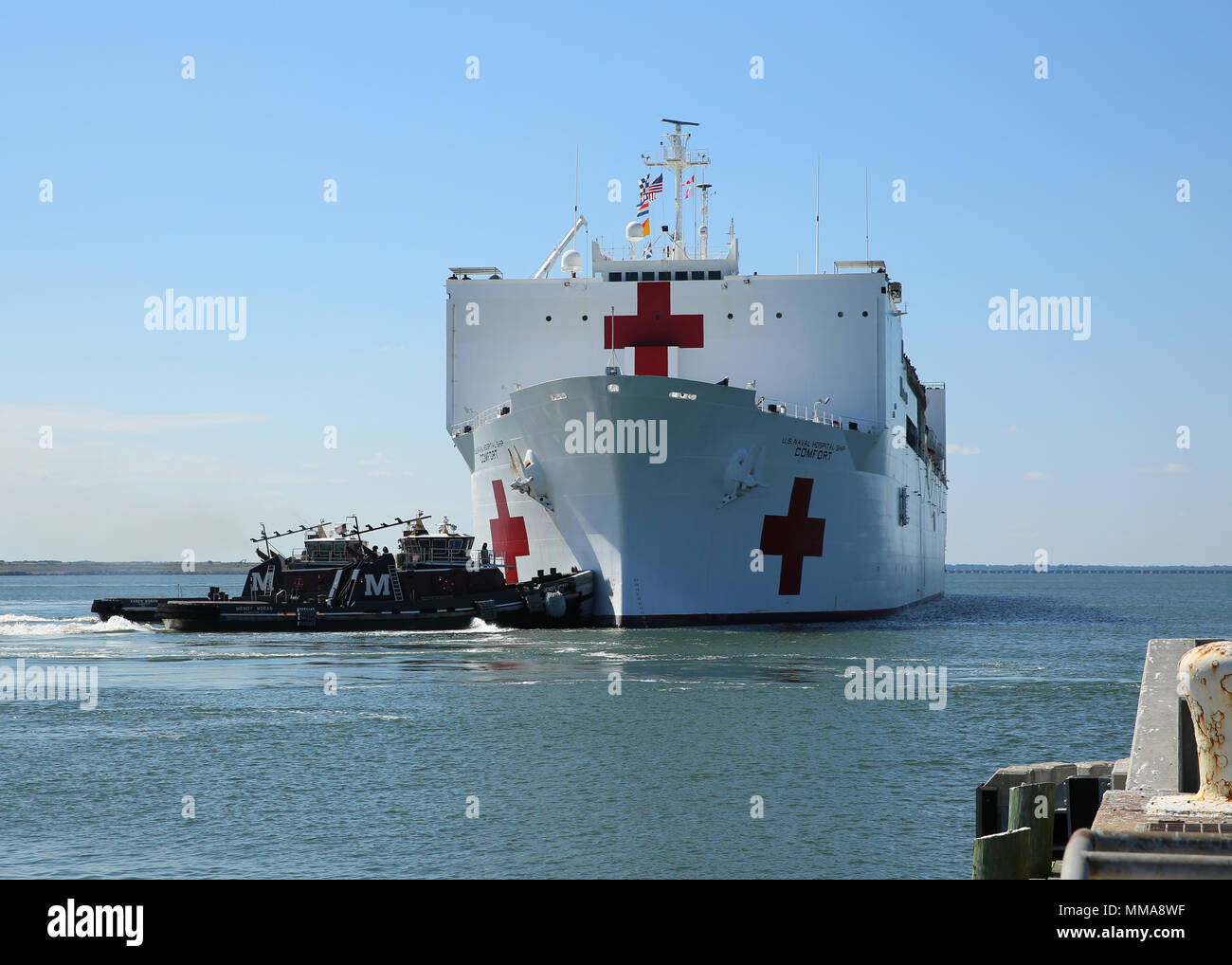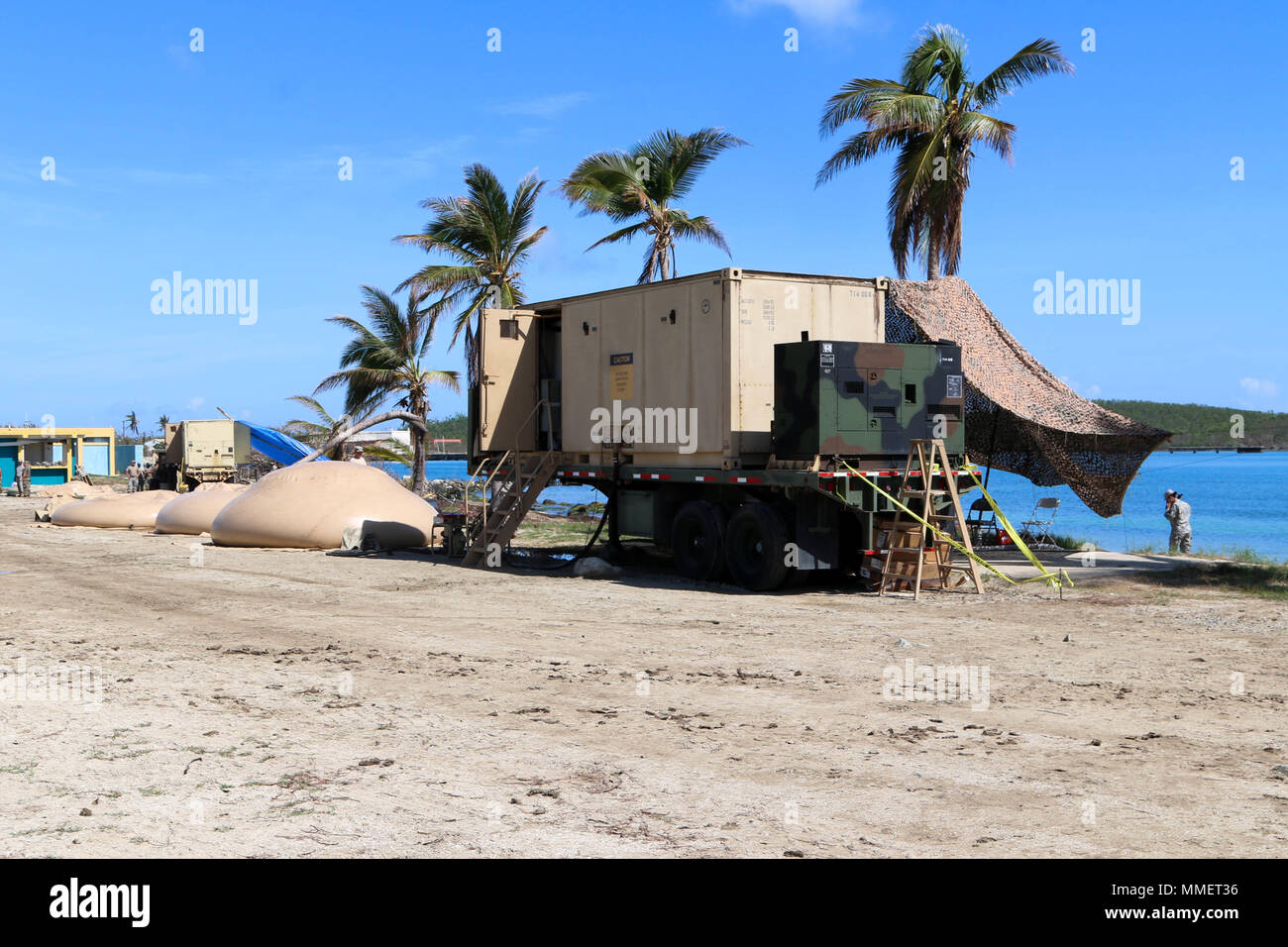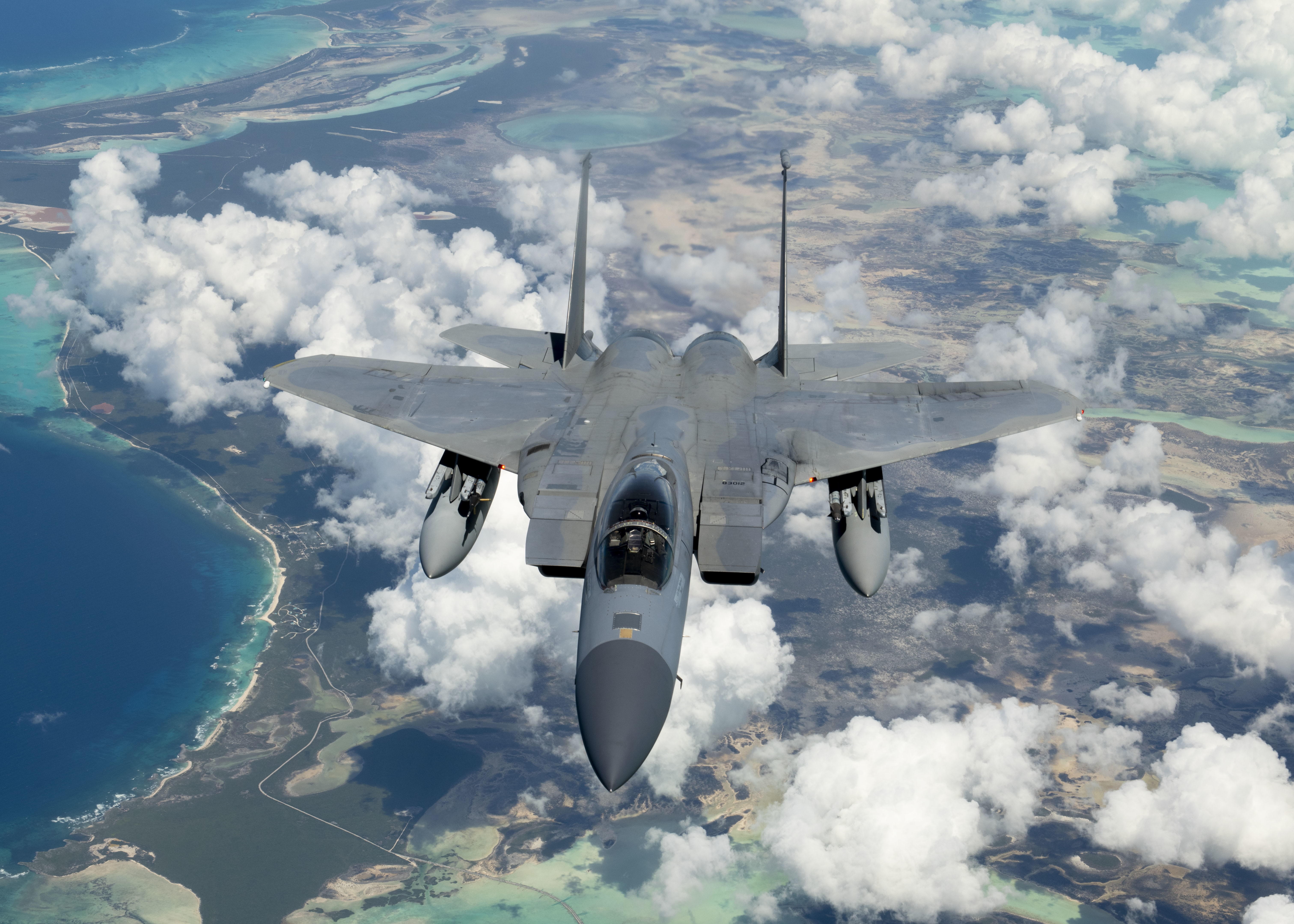Puerto Rico Naval Base - Vieques Naval Air Station, Puerto Rico, was a United States naval facility located on the island of Vieques, about 5 miles east of mainland Puerto Rico. Beginning in November 1941, the Navy used the range for combat training. Hostilities ceased in 2001 and the navy was completely withdrawn from the area in 2003.
In the 1940s, the Navy Department began looking for a site for a naval base. The land was sold by local residents between 1941 and 1950 and consisted of two parcels totaling 22,000 acres, or roughly two-thirds of the island. Until the return of the municipality of Vieques on May 1, 2001, the 8,000-hectare area in the west of the island was used mainly as a naval ammunition depot.
Puerto Rico Naval Base

The eastern part of the island has been used since the 1940s for combat training, ship-to-shore firing, air-to-ground bombardment, and the landing of US Marines. This area contained a 900-hectare Combat Impact Area (LIA) used to guide live munitions. The LIA was located on the eastern part of the island and away from the civilian population.
Renovations To Naval Hospital
The former Vieques Naval Training Range (VNTR) is located on the eastern half and the former Naval Munitions Support Detachment (NASD) on the western third of the island. Between these military sites were the local civilian communities of Isabel Segunda and Esperanza.
Covering an area of approximately 14,573 hectares, the former VNTR provided ground combat and amphibious training, naval weapons support training, and air-to-ground training for the Marine Corps. The former VNTR was divided into four distinct operational zones from west to east: the Eastern Maneuver Area (EMA), the Surface Engagement Area (SIA), the Live Impact Area (LIA), and the Eastern Deterrence Area (ECA). easternmost point of the island [2]— CH2M Hill, FY 2015 Facility Management Plan - Atlantic Fleet Weapons Training Area - Vieques, prepared for the Department of Naval Assets to establish the Atlantic Operations Command in West Vieques [edit ]
Military operations on the western side of the island focused on the accumulation and processing and disposal of waste. Sites identified for virus cleaning include:
A preliminary investigation identified an ordnance ignition/detonation site on the western tip of the island surrounding Punta Boca Quebrada. Further investigation revealed 16 possible ignition/op-detonation sites in the area. As a result, 24 hectares of roads and beaches were checked for ammunition, and in December 2011, the cleaning work was completed and cleared of ammunition.
Nsga Sabana Seca, Puerto Rico, Closed 15 Years Ago Today
Following the base's closure, Puerto Rico Governor Silas Calderon requested that Vieques be placed on the US National Priorities List as a designated Superfund cleanup site. since 2014
EPA listed the following contaminants and munitions at the west end of the Naval Station: unexploded ordnance, explosive ordnance remnants, mercury, lead, copper, magnesium, lithium, napalm, depleted uranium, and other unspecified materials. In addition to them, polychlorinated biphylls (PCBs), solvents and pesticides "may be found" in the eastern part of the site.
As part of the Ordnance Response Program, the Navy immediately completed an Extended Range Evaluation at the former Vieques Naval Proving Ground (VNTR). The Navy also conducts Time Critical Removal (TCRA) of munitions equivalent to or larger than 20 mm on the surface in the former Live Impact Area (LIA) and Eastern Containment Area (ECA). Non-critical cleanup of MEC (NTCRA) on the surface in the Surface Impact Area (SIA) and NTCRA MEC underground on selected roads and beaches within the former Vieques Naval Proving Ground. As part of the Vironmtal Restoration Program, the Navy conducted a Renovation/Feasibility Study (RI/FS) on former Naval Support Detachment West Vieques facilities. Also in FY09, four NTCRAs were conducted and completed for removal of solid waste/garbage piles. A ROD was issued in September 2008 for one operational unit, AOC H. AOCs J, R, and SWMU-7 (NASD) were signed on 21 September 2011, and for SWMU-1 (VNTR) on 29 September 2011. In the former VNTR, 36 operational units were inspected. t (10) it was decided not to take any action on the site. Facility Inspection/Extended Facility Inspection (SI/ESI) for 26 operating units was completed in FY09. Five TCRAs have been completed and seven NTCRAs, six RI/FS, three SI/ESI and one EE/CA are under implementation.”[3]
The Navy was required to "conduct an environmental study of the property it previously owned under the federal Resource Conservation and Recovery Act (RCRA) to determine if cleanup action is necessary." The EPA provided "technical assistance and guidance to the Navy on environmental issues related to the land transfer in western Vieques."
Roosevelt Roads Naval Station Site
At first, it was noted that it would be difficult to figure out what action the US should take because the dense jungle prevents inspection of pollutants. Also, jungle overgrowth cannot be easily eliminated because the forests are full of unexploded ordnance.
For the remainder of fiscal year 2015, Congress appropriated $17 million for the Vieques cleanup and $1.4 million for the Culebra cleanup.
As of 2014, the Navy has spent about $220 million investigating and cleaning up contaminated land on Vieques since 2003. Since 2007, about half of the money allocated in the budget for the removal of ammunition has gone to 23 local companies in Puerto Rico.
As of 2014, "the Navy spends more money annually cleaning up Vieques than any other ex-Navy facility in the United States."
Vieques, Puerto Rico: The Historic Bombing Range Of The U.s Navy
"Navy and Vieques protests" - that's how the mild-mannered media called a series of protests that began in 1999 on the Puerto Rican island-municipality of Vieques. The protesters opposed the use of the island by the US Navy and the US Marine Corps to bomb the target.
President Clinton asked Defense Secretary William Coe to create a task force to study the situation. The four-member group was chaired by Frank Rush, Acting Assistant Secretary of Defense for Force Management Policy, and is therefore sometimes referred to as the Rush Group.
The panel explained the history and legal situation and issued its report on October 19, 1999, with 11 recommendations.

In January 2000, President Clinton and Puerto Rico Governor Pedro Russell jointly called for a referendum in Vieques. It was originally planned for November 2001 and was moved to January 2002. The referendum will give voters until May 2003 to choose the military's use of the range. Alternatively, they could vote to continue hostilities indefinitely.
Usns Mercy Prior To A Pacific Partnership 2022 Deployment
On June 14, 2001, the George W. Bush administration ordered military training operations in Vieques in May 2003. Bush's decision superseded earlier actions by the Clinton administration.
On April 19, 1999, a civilian worker named David Sanes Rodríguez was killed by live ammunition in the immediate vicinity of his security post. A Marine Corps F-18 dropped two 500-pound bombs on the security post, killing Rodriguez and injuring four others, according to a congressional investigative report. The F-18 was on a training mission when the incident occurred. The congressional report notes that the shooting was conducted "within the general perimeter distance." After this incident, the line was temporarily closed.
The death of Rodriguez caused a wave of protests by local residents. US President Clinton promised, later repeated by his successor, George W. Bush, that the fleet would leave Vieques by May 2003.
A few months after Sanes' death, small wooden structures were erected inside the training grounds, and campers from all over the island began to draw attention.
Guantanamo Bay Naval Base
By then, the protests had begun to attract international attention, and people from all over the world joined the struggle. Many celebrities have supported, including politician Rube Berrias, singers Danny Rivera, Robbie Draco Rosa and Ricky Martin, boxer Felix "Tito" Trinidad, writers Ana Lidia Vega and Janina Braschi, American actor Edward James Olmos and Nobel laureate Rigoberto from Guatemala. Robert F. Kennedy, Jr., Al Sharpton and the Rev. Jesse Jackson officiated. Pope John Paul II once said he wanted peace in Vieques. Archbishop Roberto González Nieves of San Juan took an active part in the protests in the municipality. He managed to form a coalition of various Puerto Rican church leaders that attracted international attention. Olmos, Sharpton and Kennedy were also in prison; While incarcerated in Puerto Rico, Kennedy's wife, Mary, gave birth to the couple's sixth child, a son they named Aidan Caoman Vieques Kennedy.
The Movimito Socialista de Trabajadores organized a series of attacks on training grounds to stop the bombing without making arrests, and several achieved this second goal.
On May 4, 2000, the U.S. Marshals, Marines, and Navy evacuated the civil disobedience camps on the training grounds.

Five days later, during an international event, hundreds of protesters and supporters from all over the world and with different ideologies invaded the military training grounds. Vieques natives, many Puerto Ricans, Hollywood celebrities, priests, pastors, priests, athletes, and politicians, including U.S. Rep. Luis Gutierrez
Naval Security Group Activity Sabana Seca Puerto Rico Patch
Were among them. The attack was widely publicized and backfired
Norfolk naval base lodging, puerto rico navy base, puerto rico military base, norfolk naval base, buchanan base puerto rico, base hostel puerto rico, ramey base puerto rico, hampton inn naval base, millington tn naval base, naval base roosevelt roads puerto rico, port hueneme naval base, naval base ventura county

0 Comments